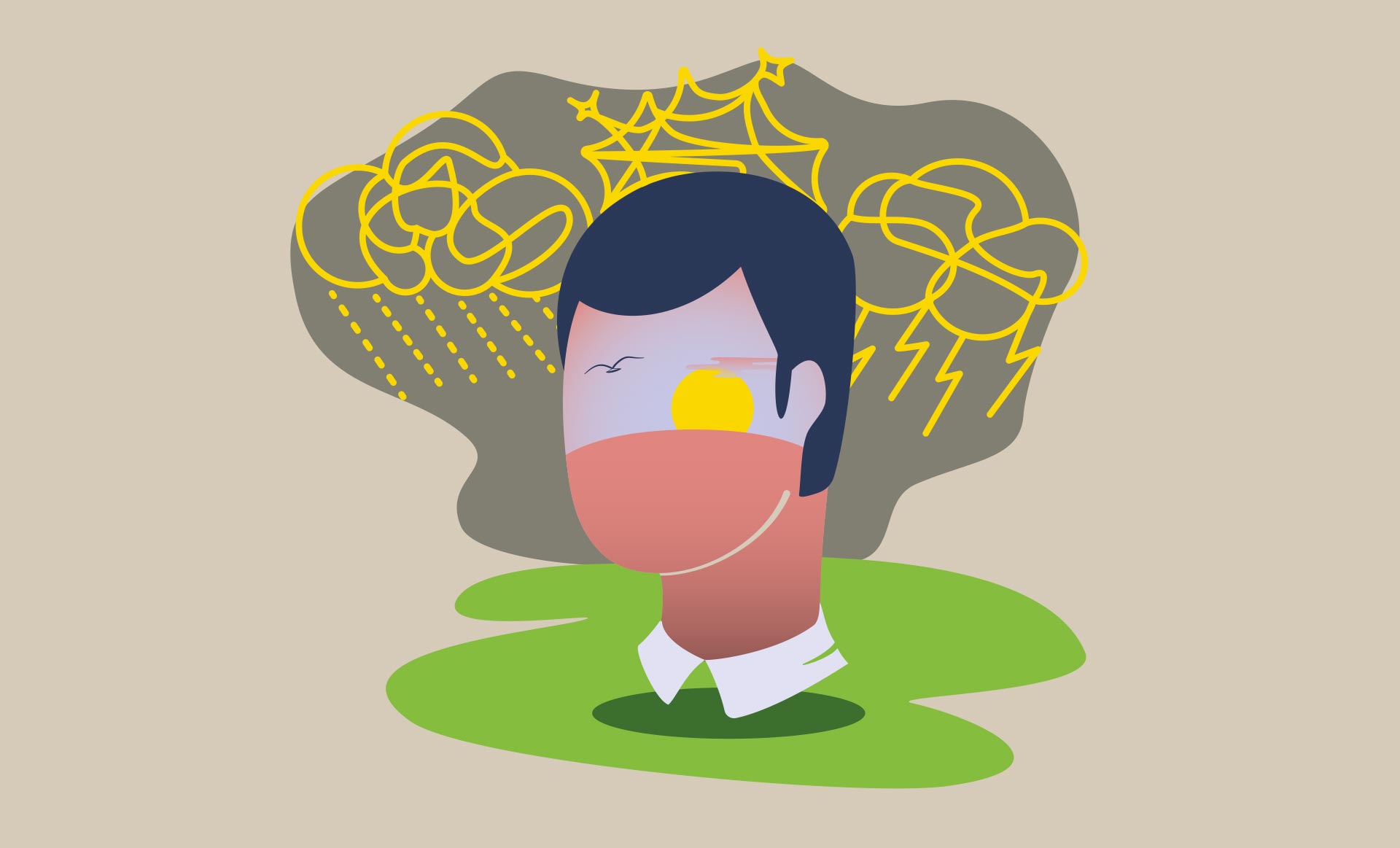
14 Dec How knowing and recognising emotions contributes to our wellbeing
Fear, sadness, rage, anger, joy, jealousy, disgust, hope or love, to name a few, are all emotions, which we tend to divide into positive (we want to feel them) and negative (we do not want to feel them). One of the objectives of therapy is to regulate those emotions that make us feel bad and that we therefore consider negative. In this way, we will channel and reduce the levels of anxiety and depression.
With this objective in mind, during therapy we learn not only to recognise these negative emotions (anger, rage, sadness, repulsion, etc.) but also to accept them and to feel them, however uncomfortable or horrible they may seem. This has a neurobiological basis, as it has been shown that naming our emotions activates the executive brain (rational area) to calm the limbic system (emotional area), so that the intensity of the emotion in question decreases. This is what the well-known American psychiatrist Dan Siegel, author of The Developing Mind (2007), calls “name it to tame it”.
Taking this into account, I propose the following exercise: when you experience an emotion you don’t want, don’t struggle to get rid of it. Simply stop and say to yourself: “I feel [anger, jealousy, fear, hopelessness, etc.]”. Don’t judge the emotion, just identify it and feel it. Some people also find it helpful to write down the emotion. If you do it regularly, the effect usually becomes more and more immediate. Why not try it? It is such a simple exercise and you can do it anywhere.
